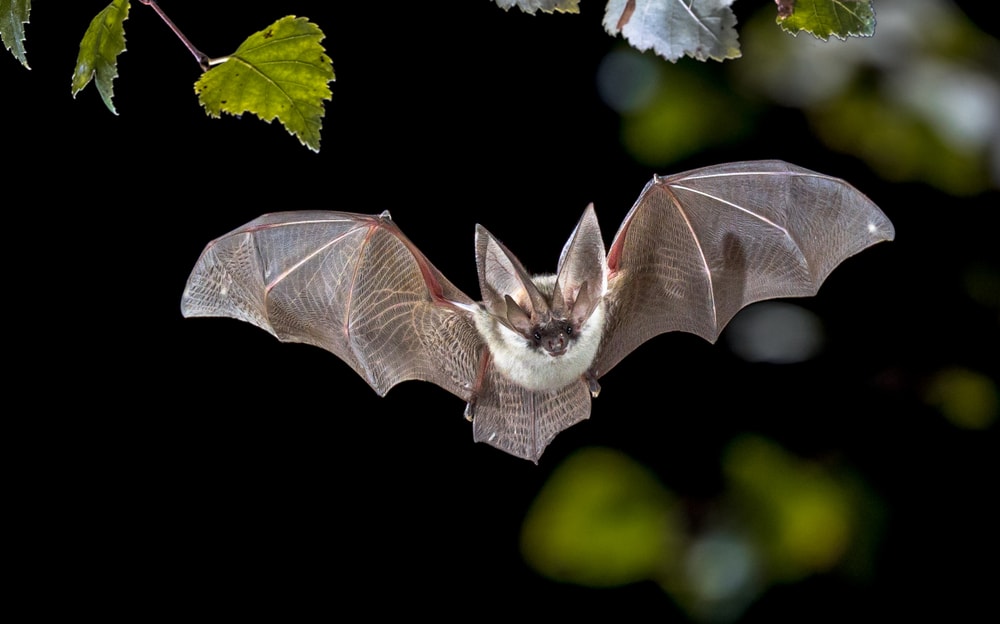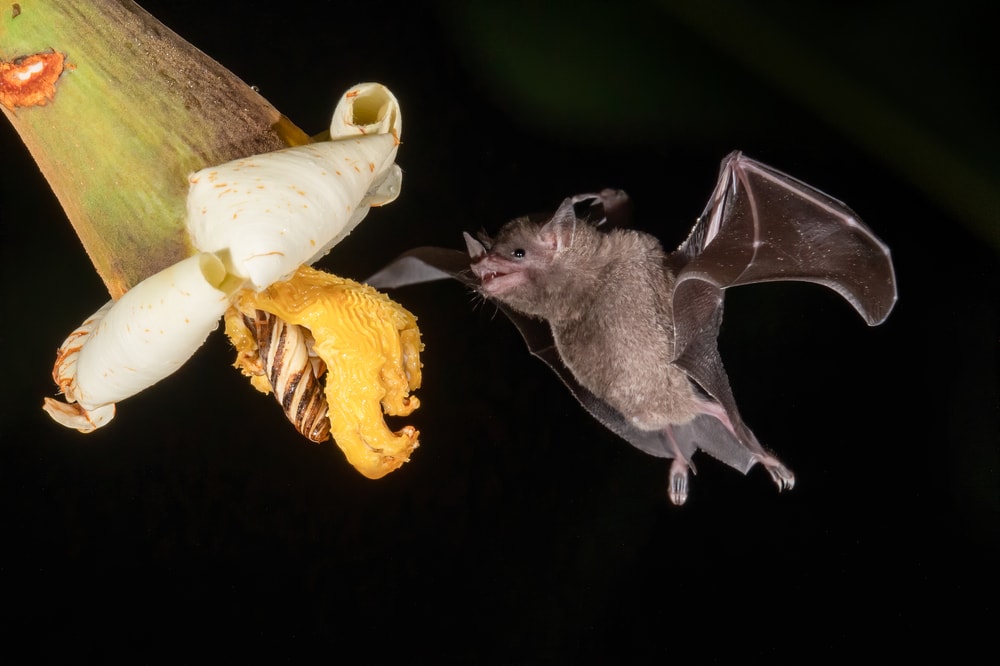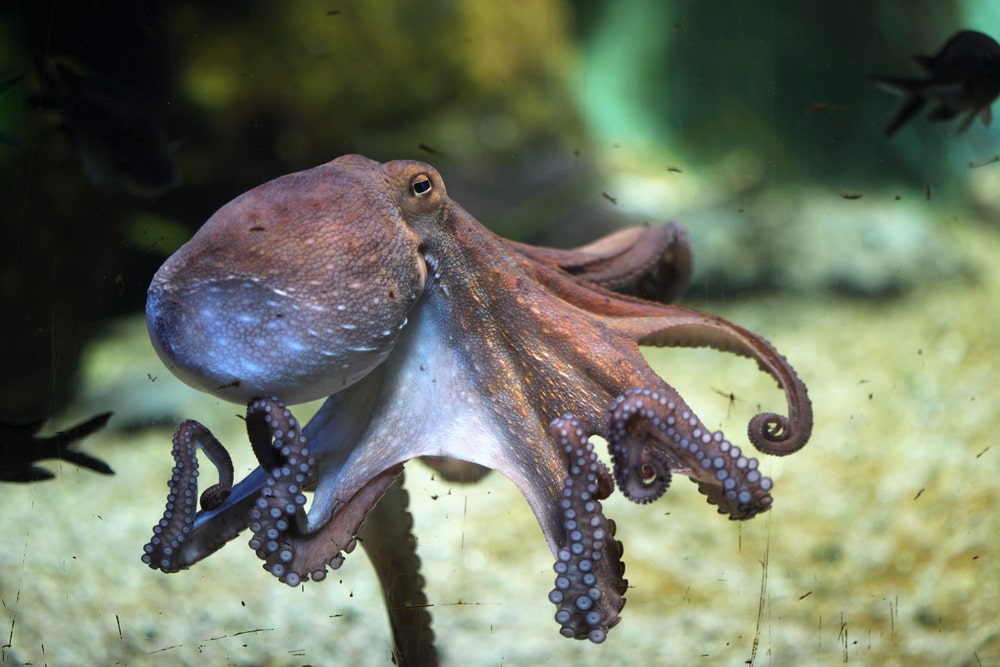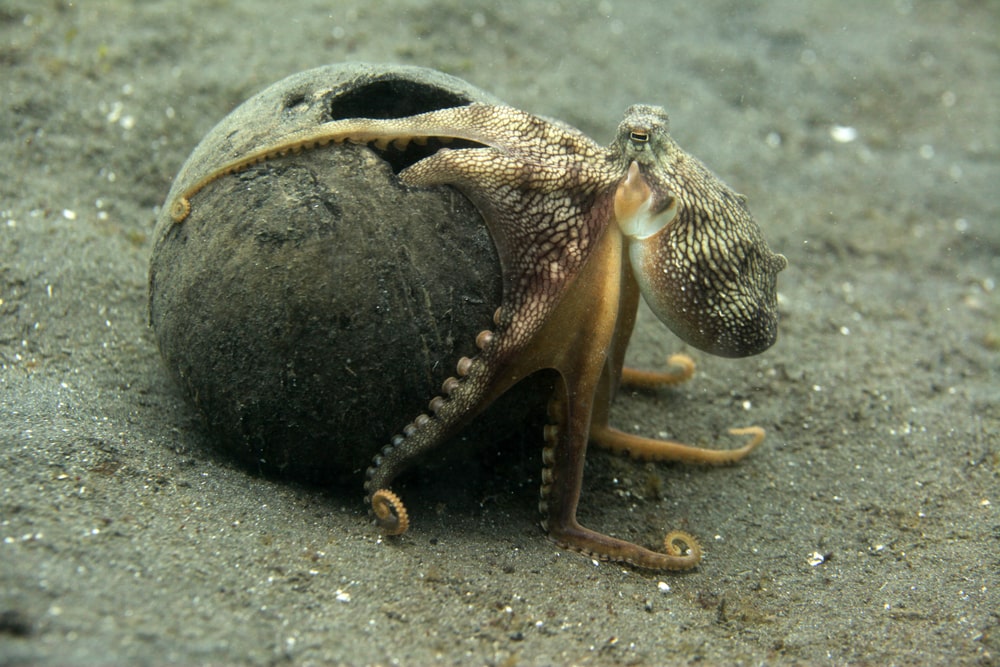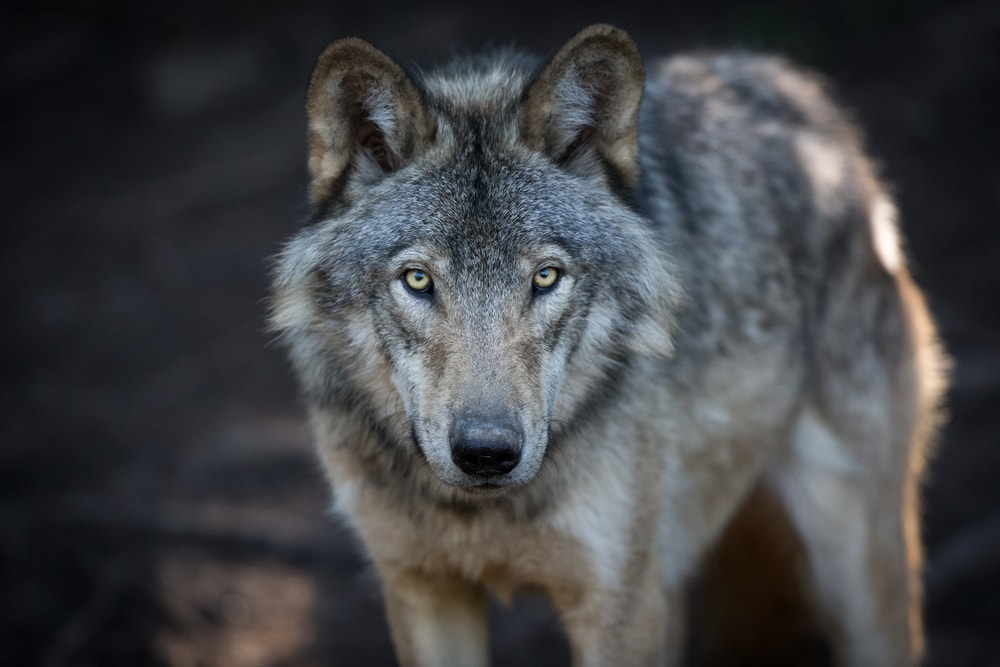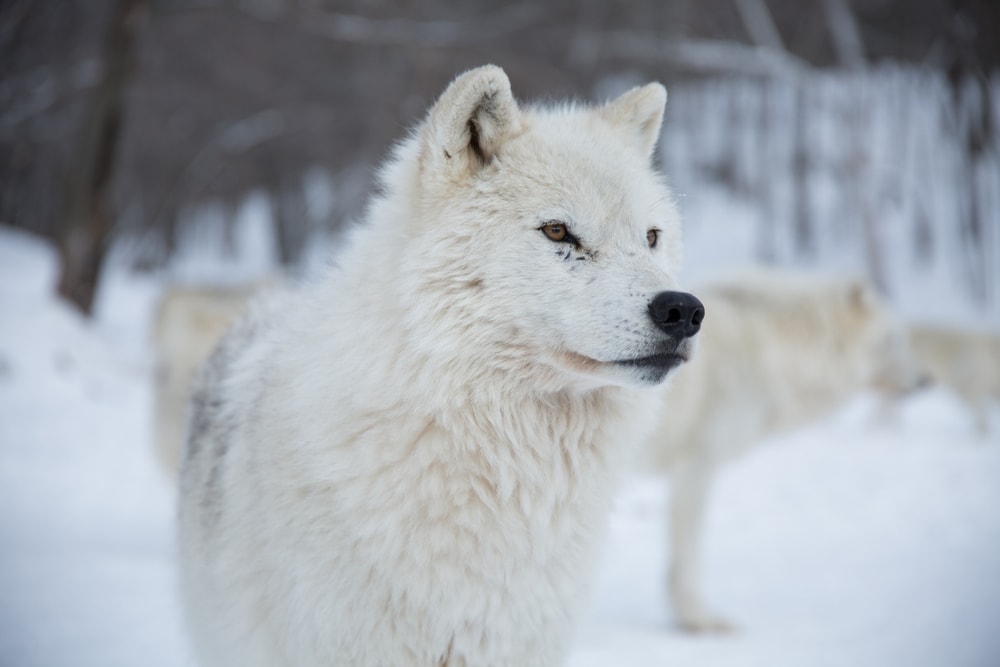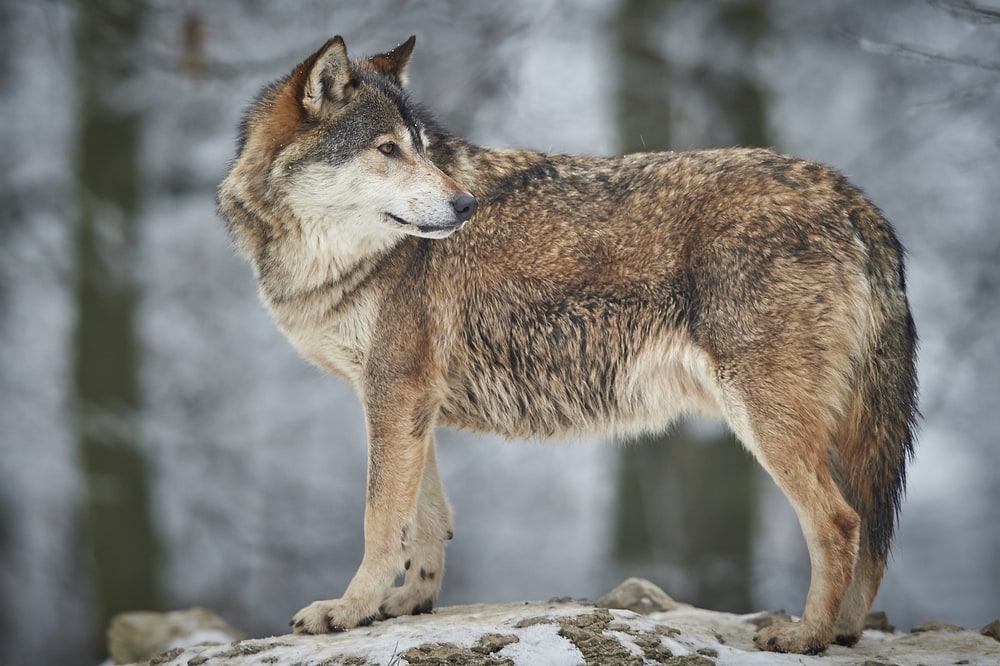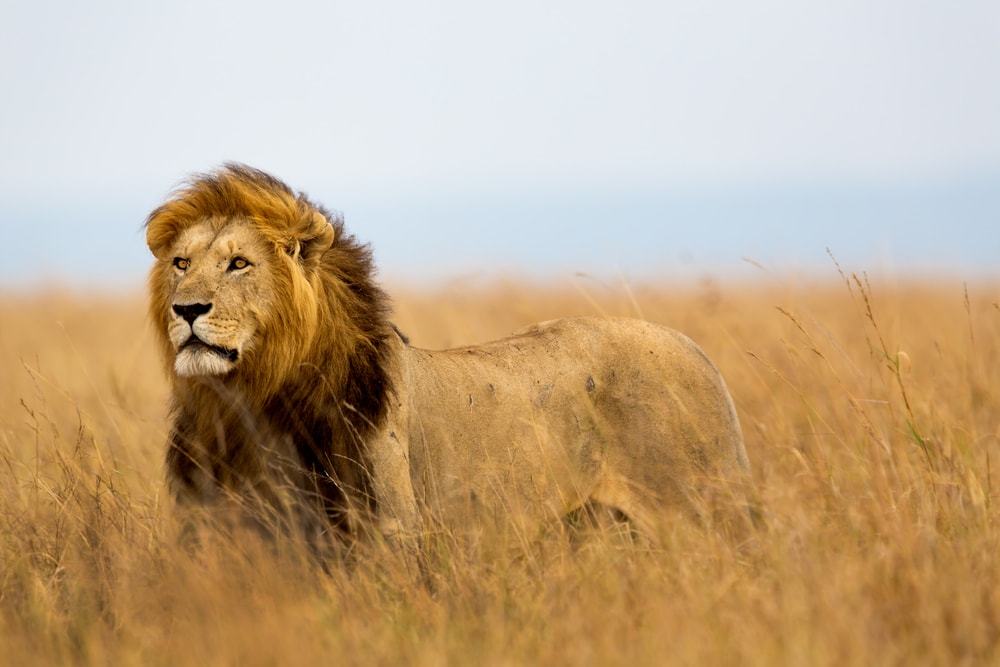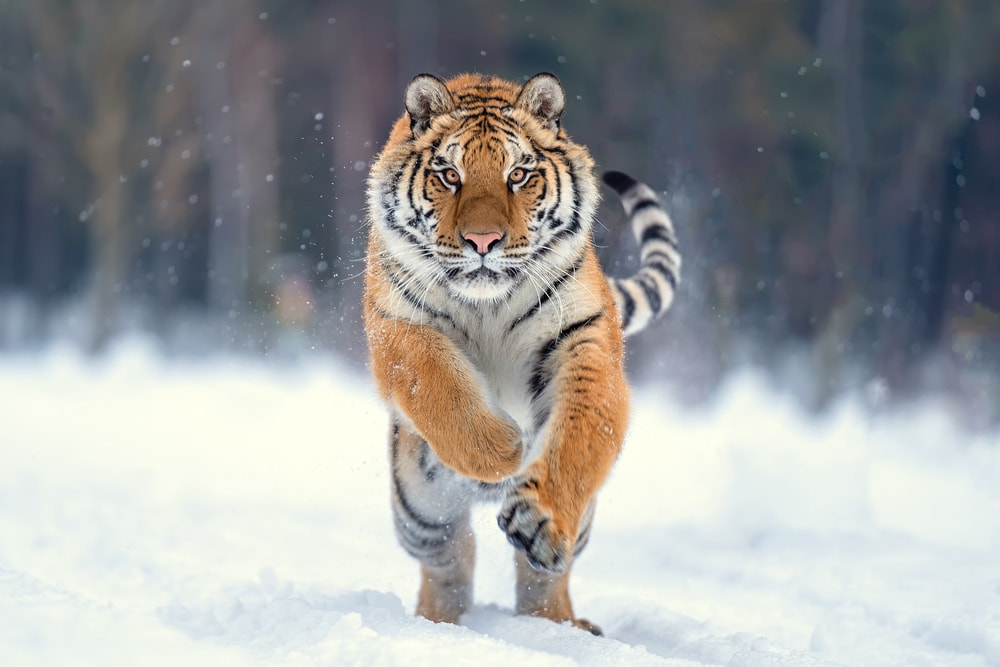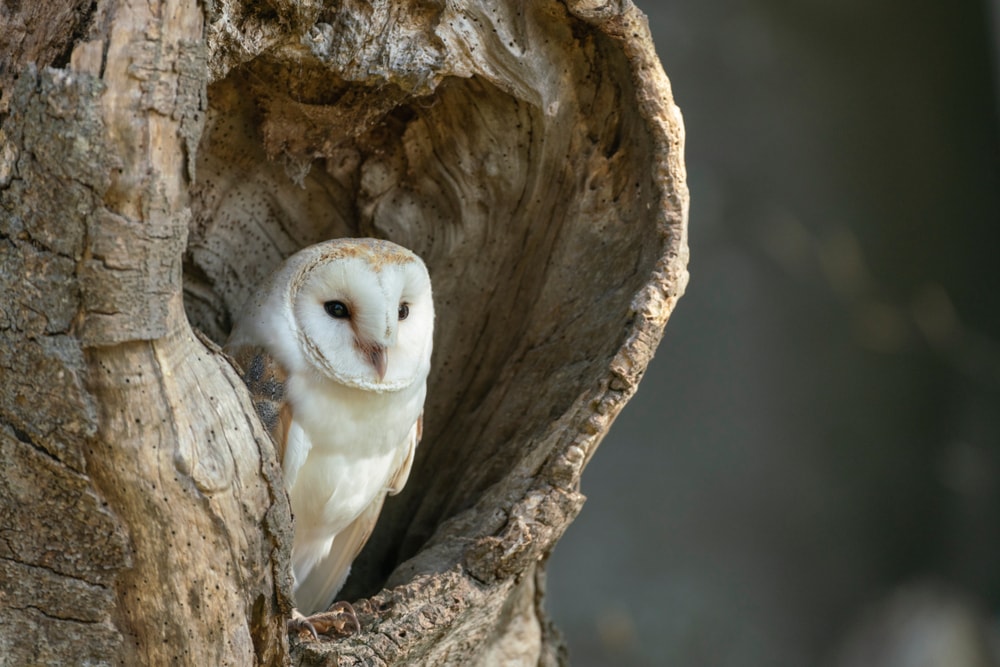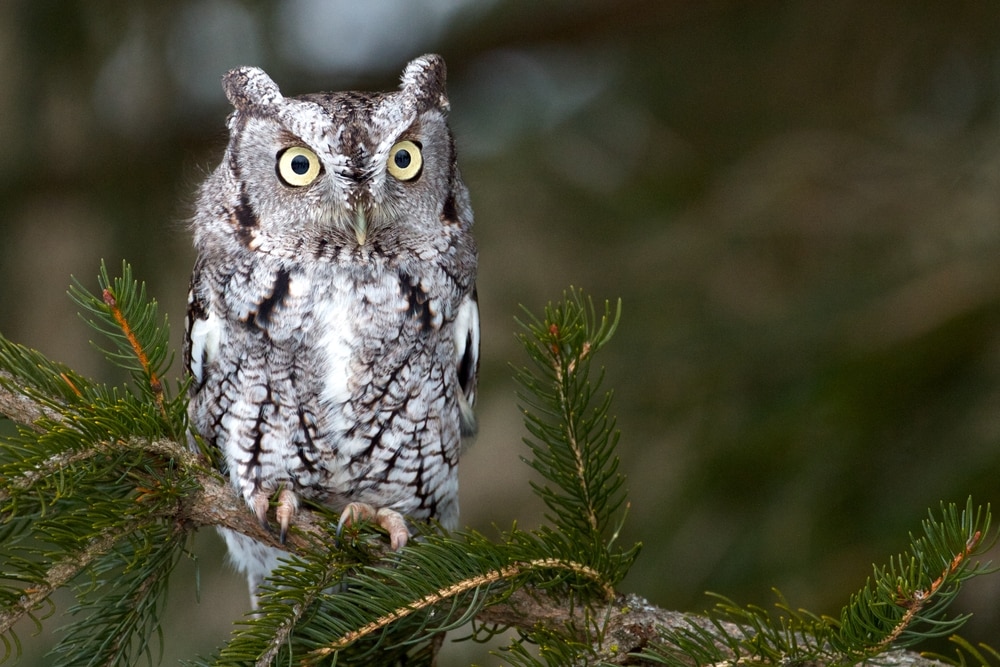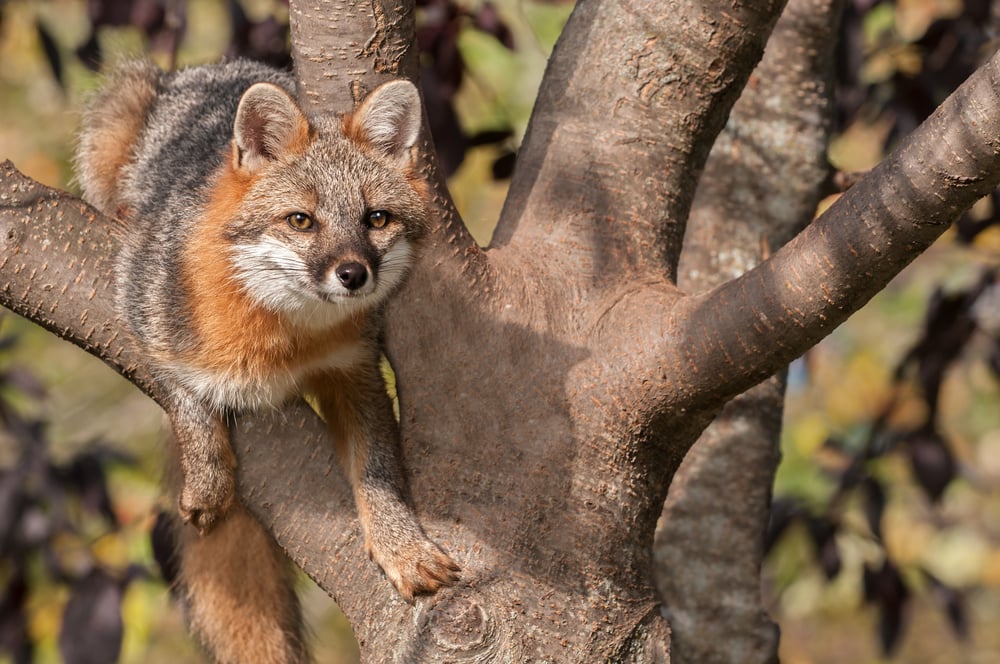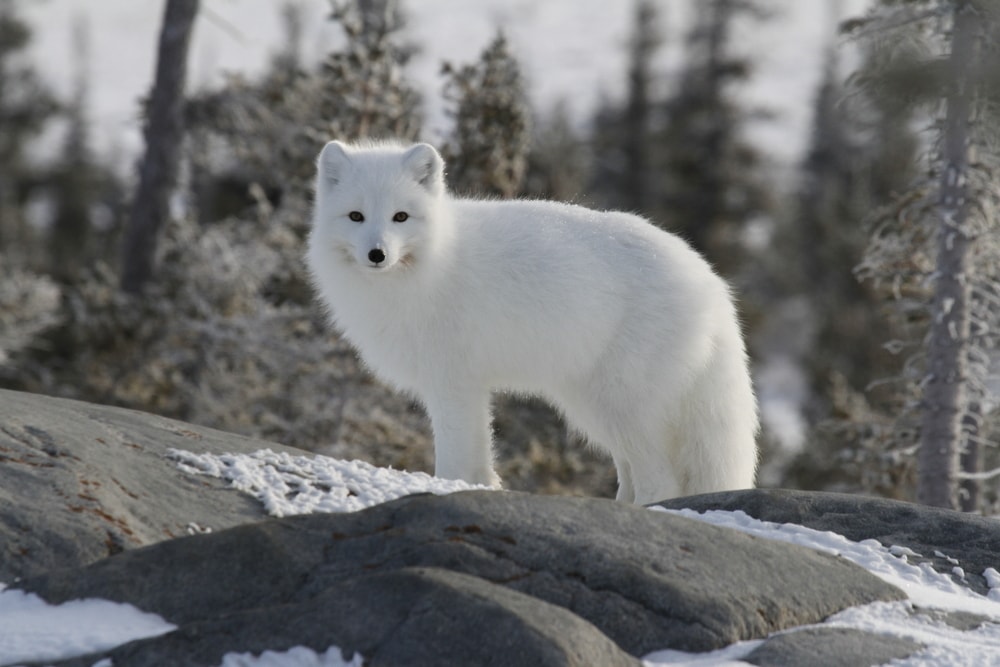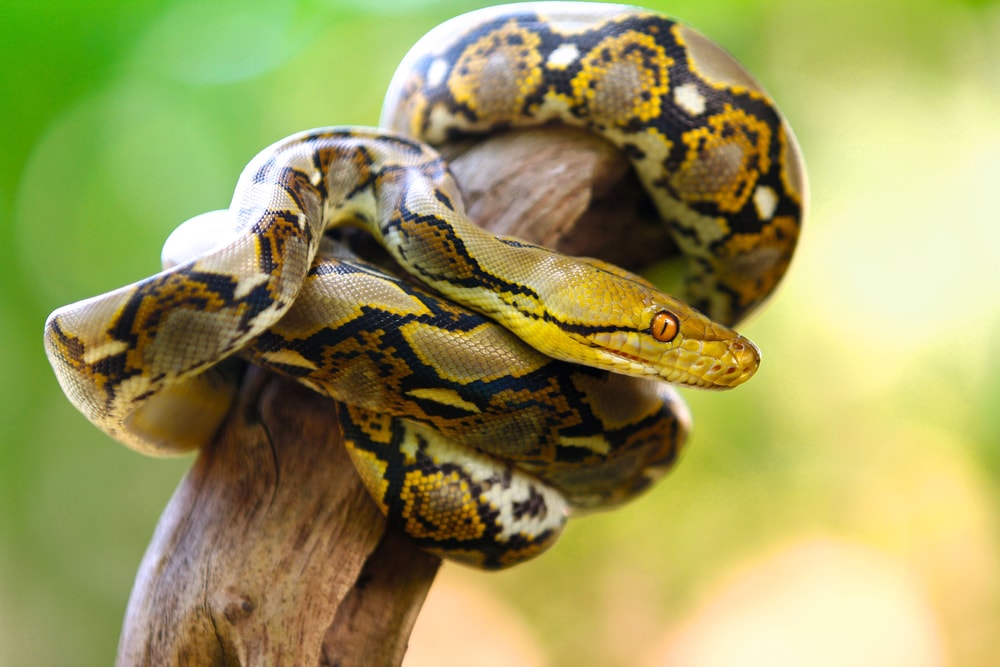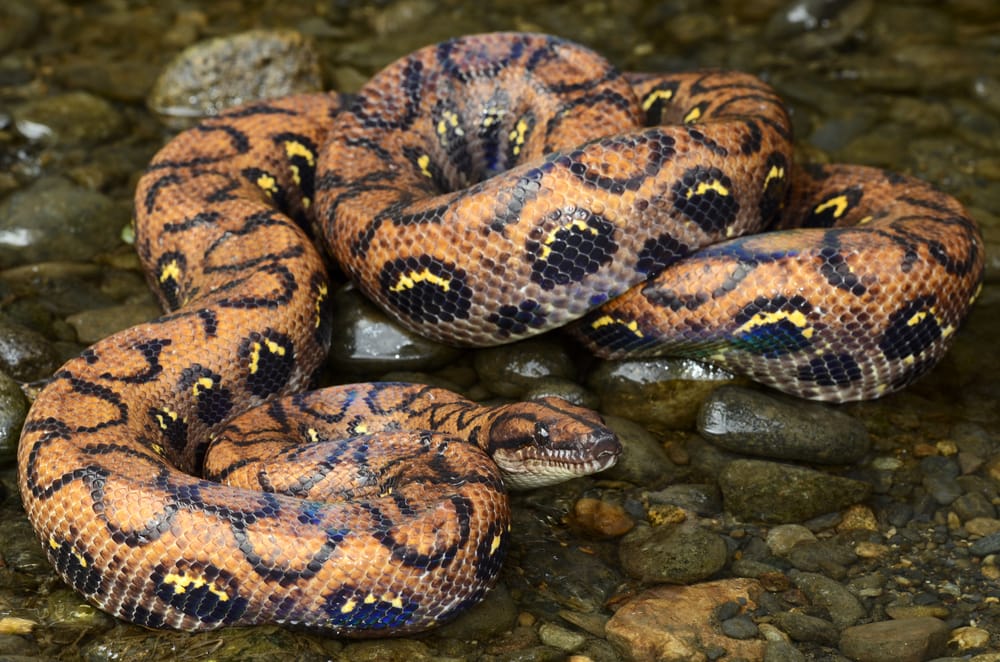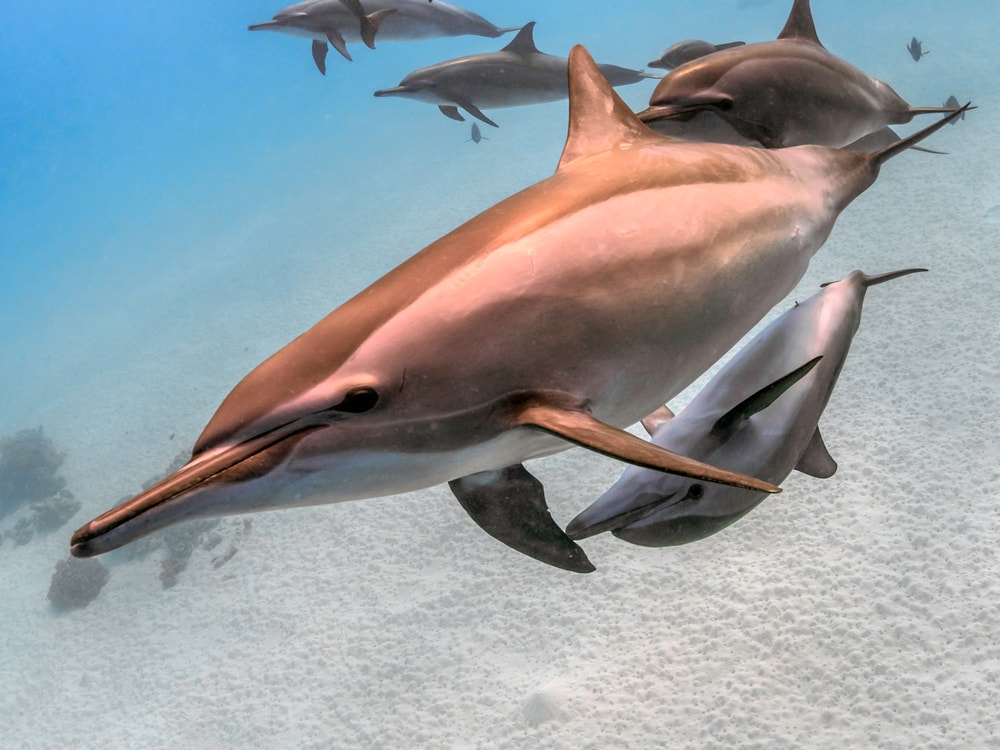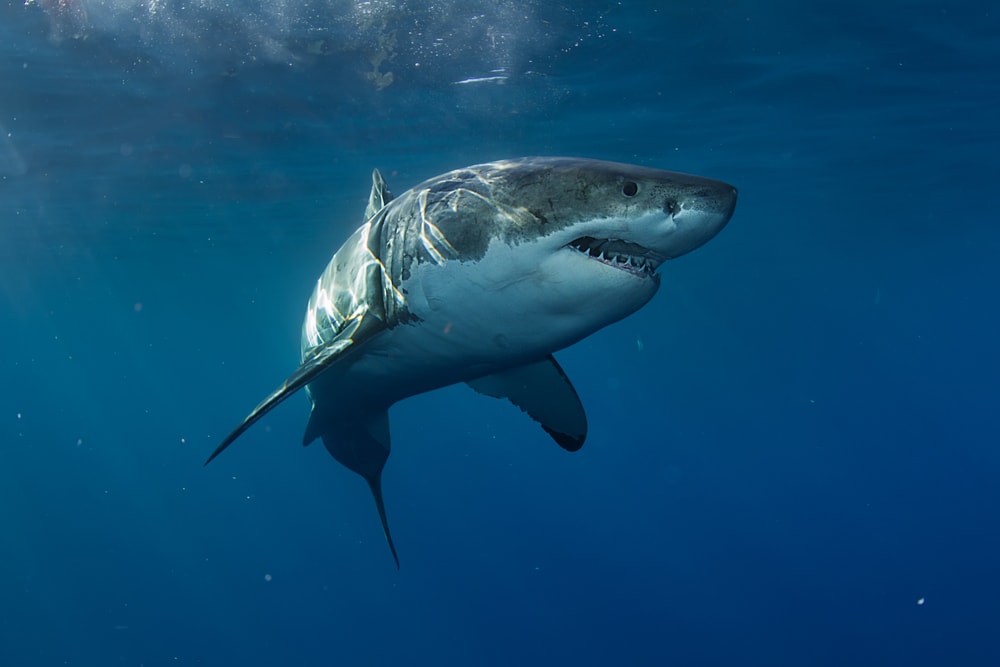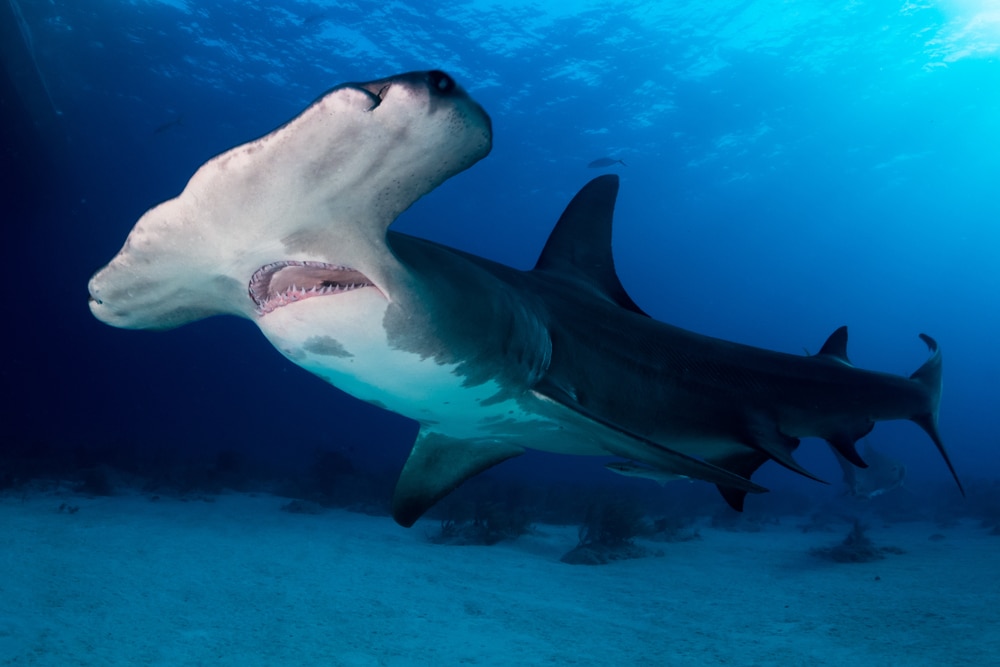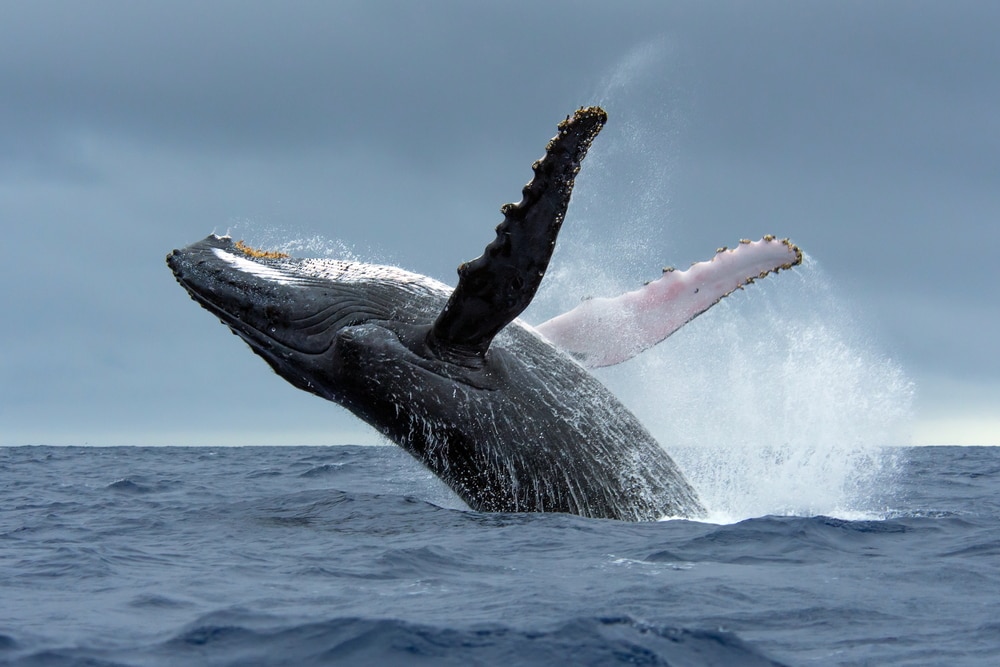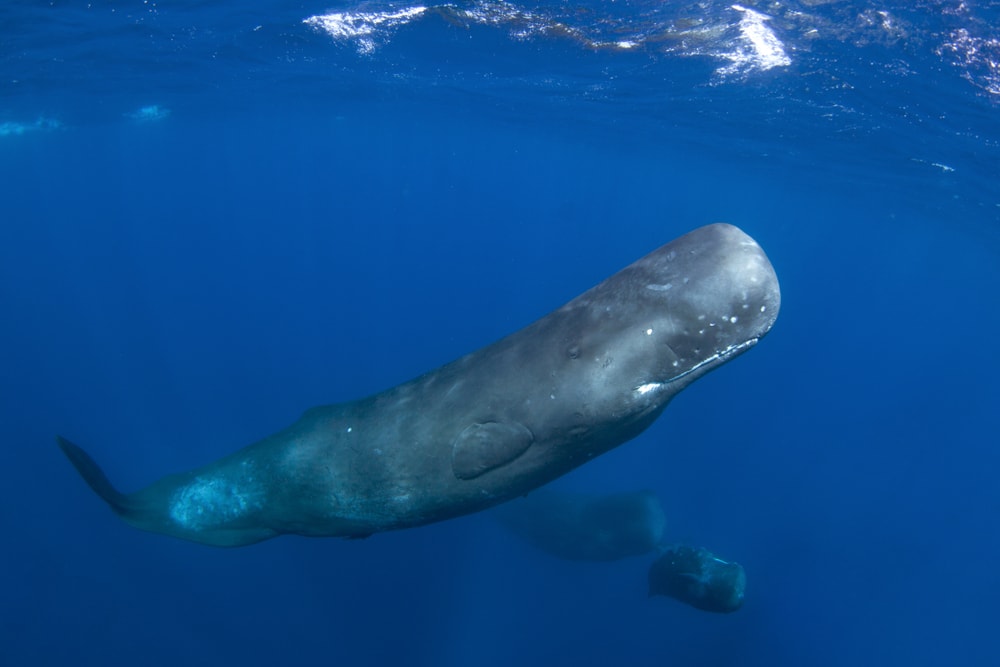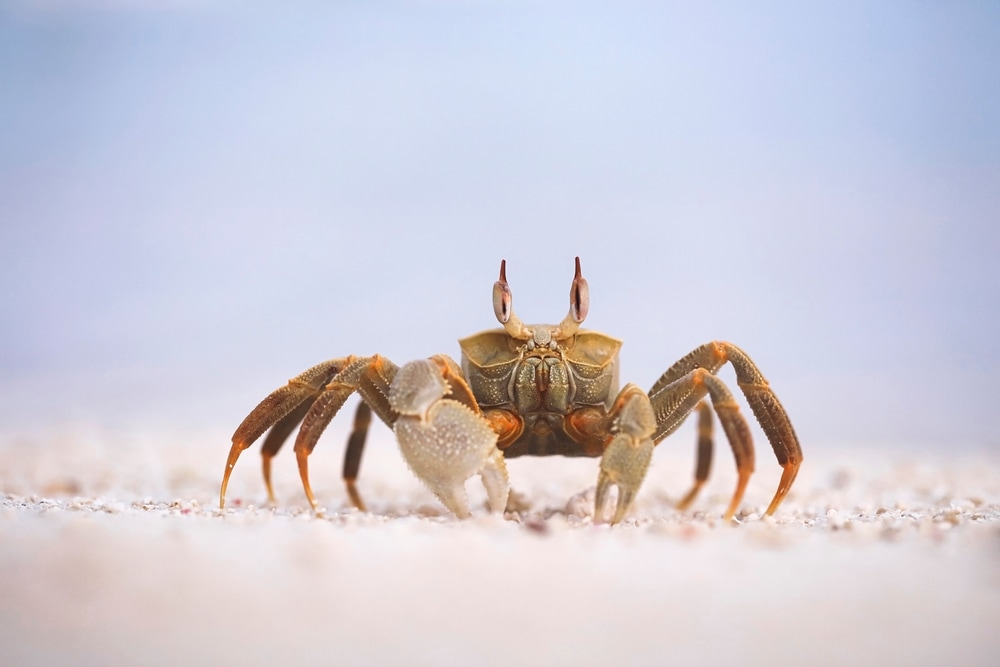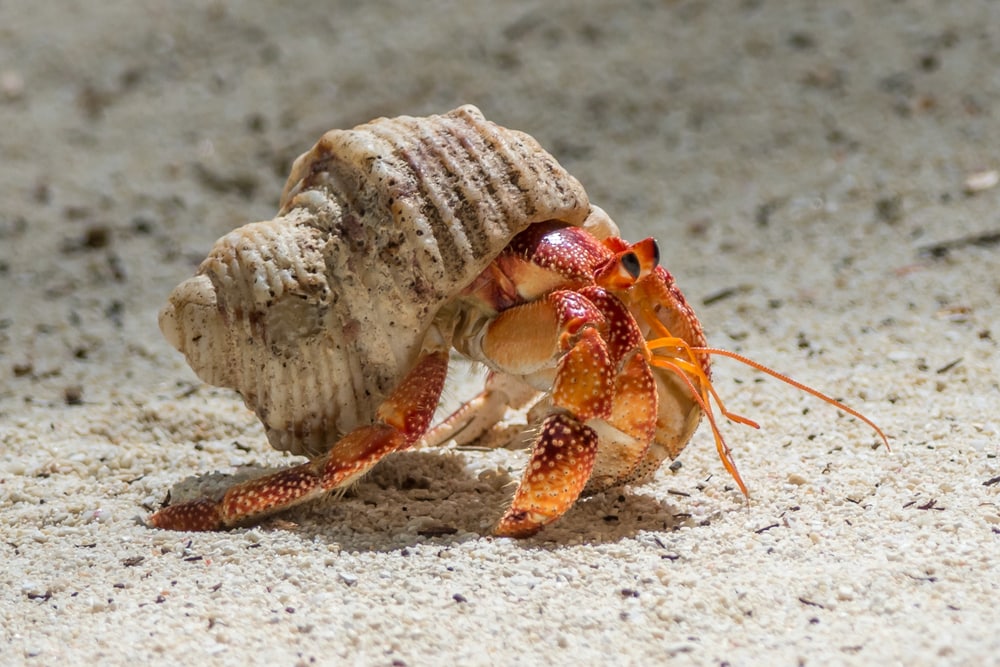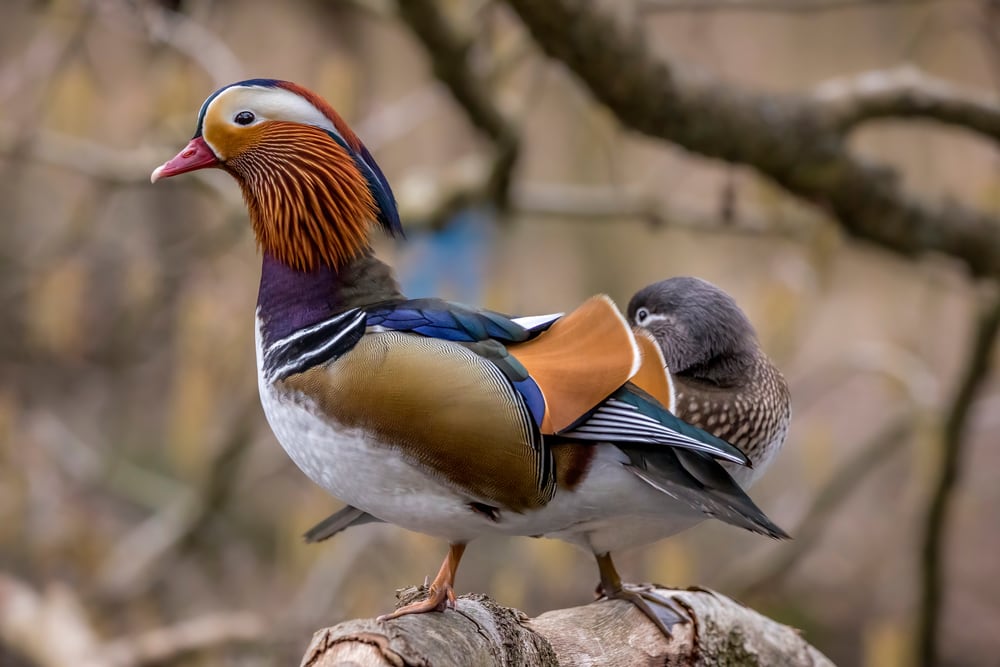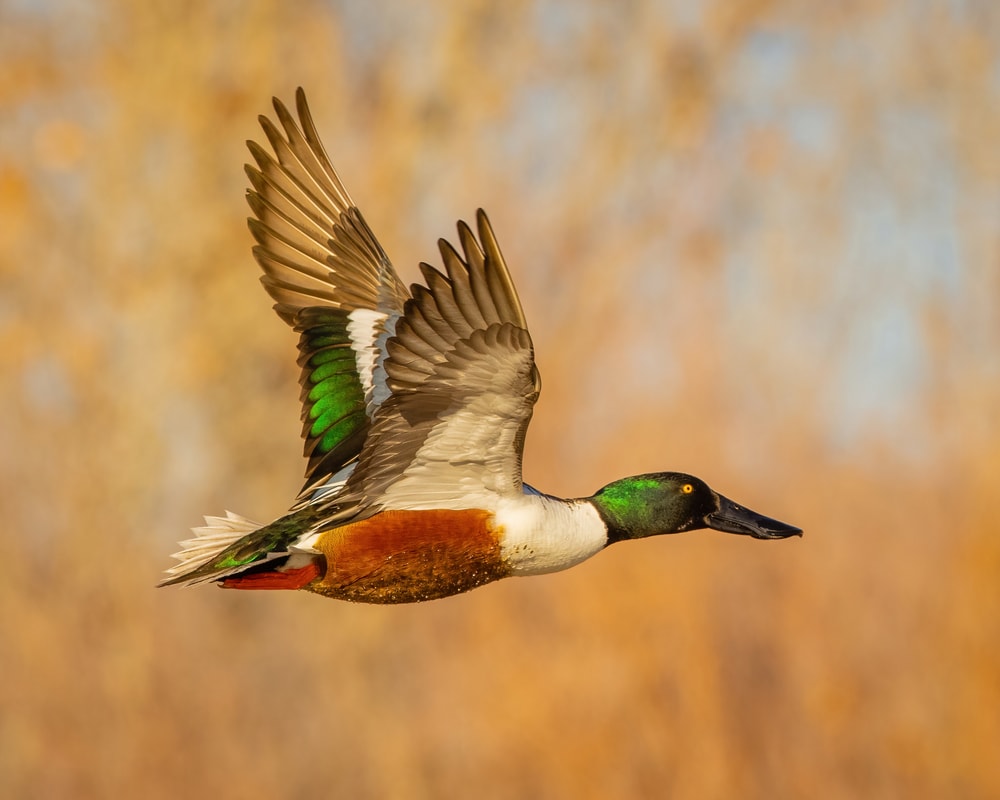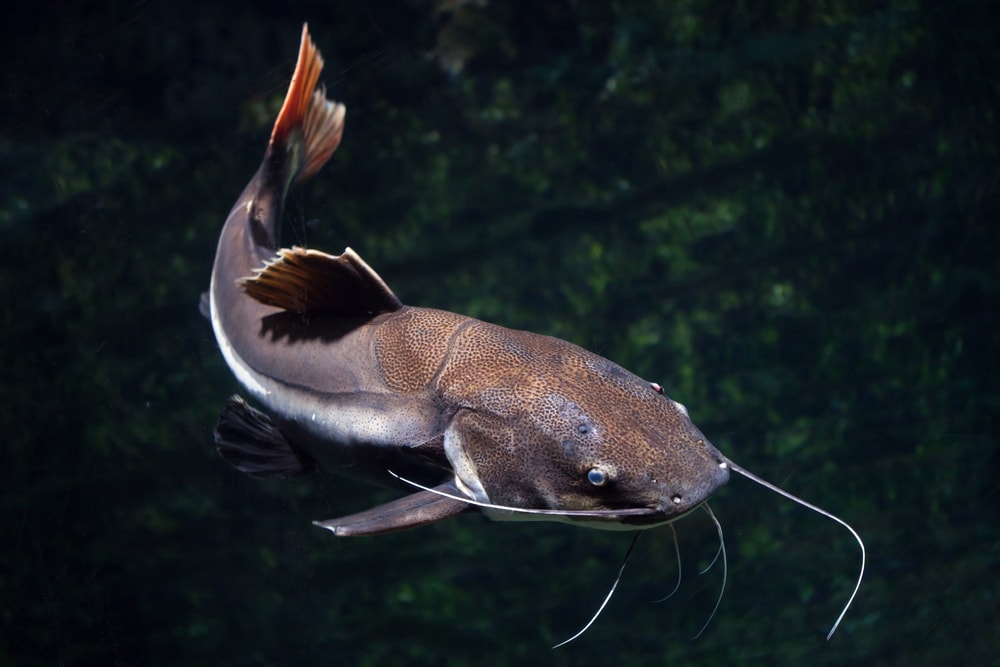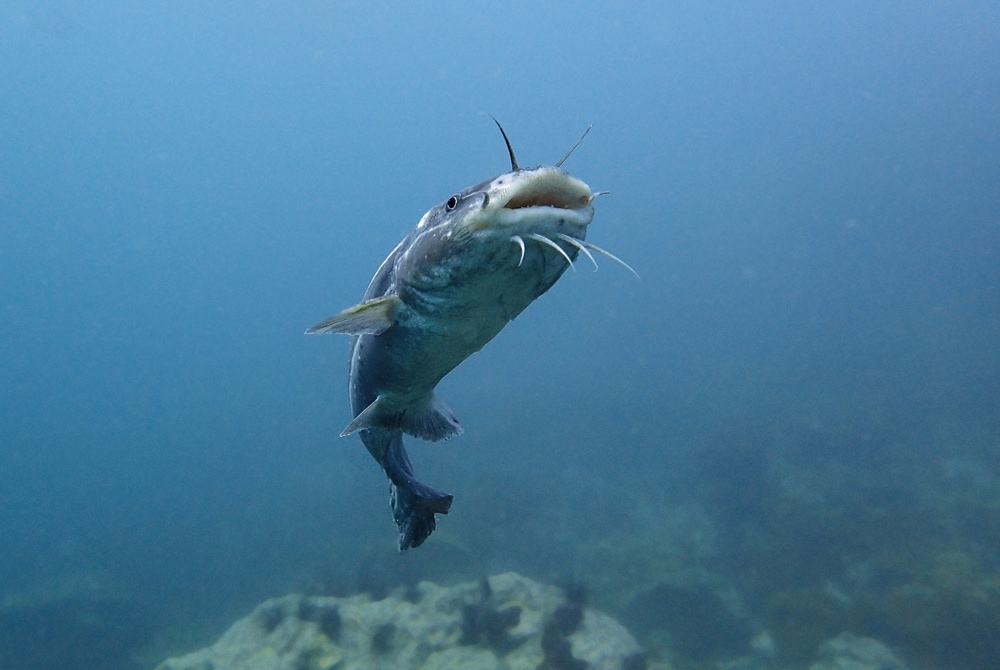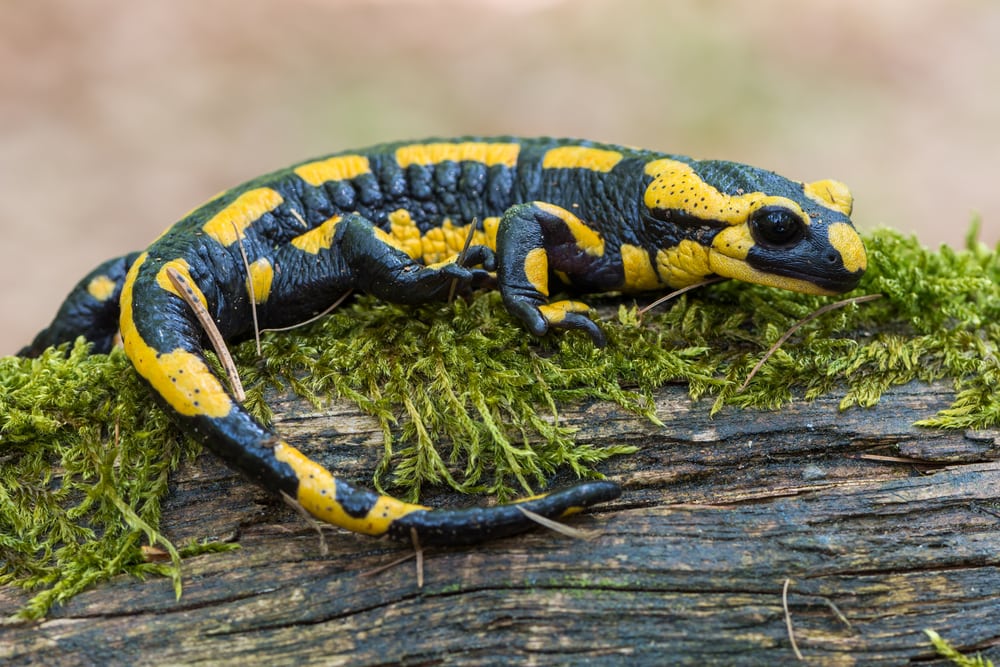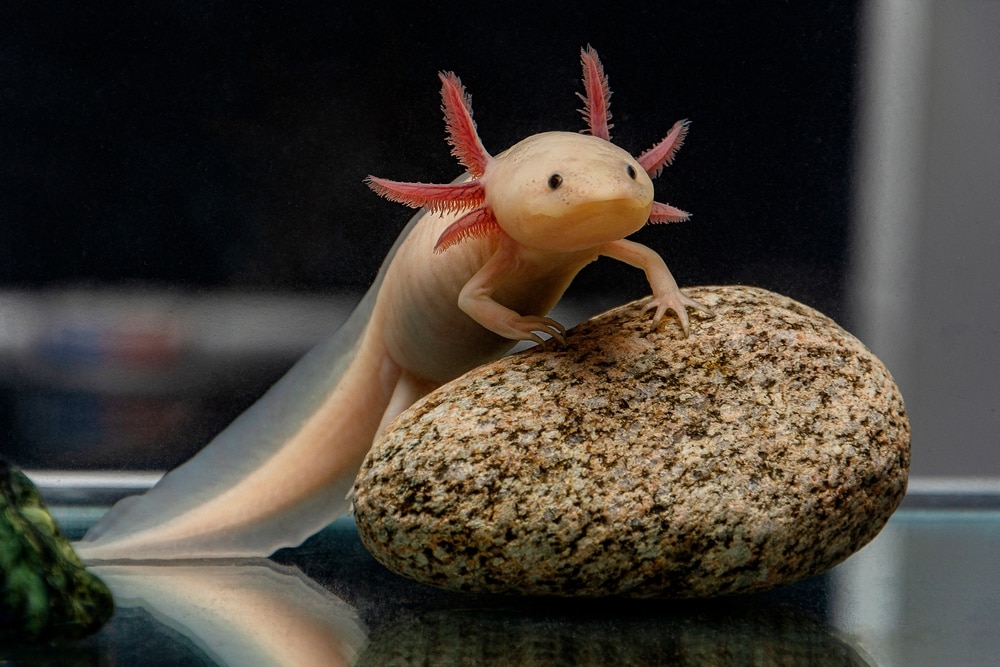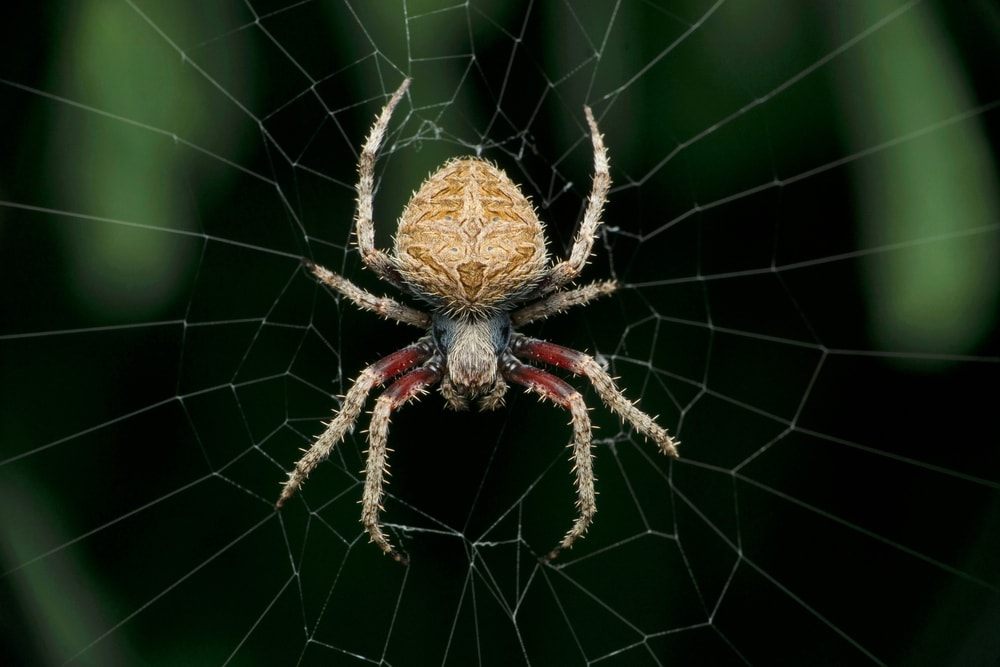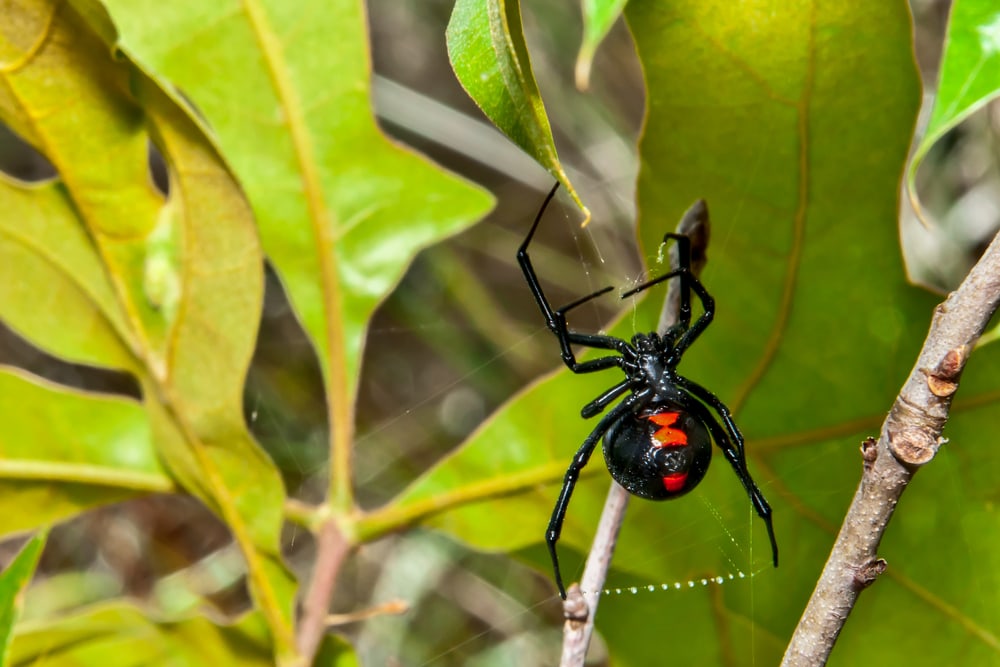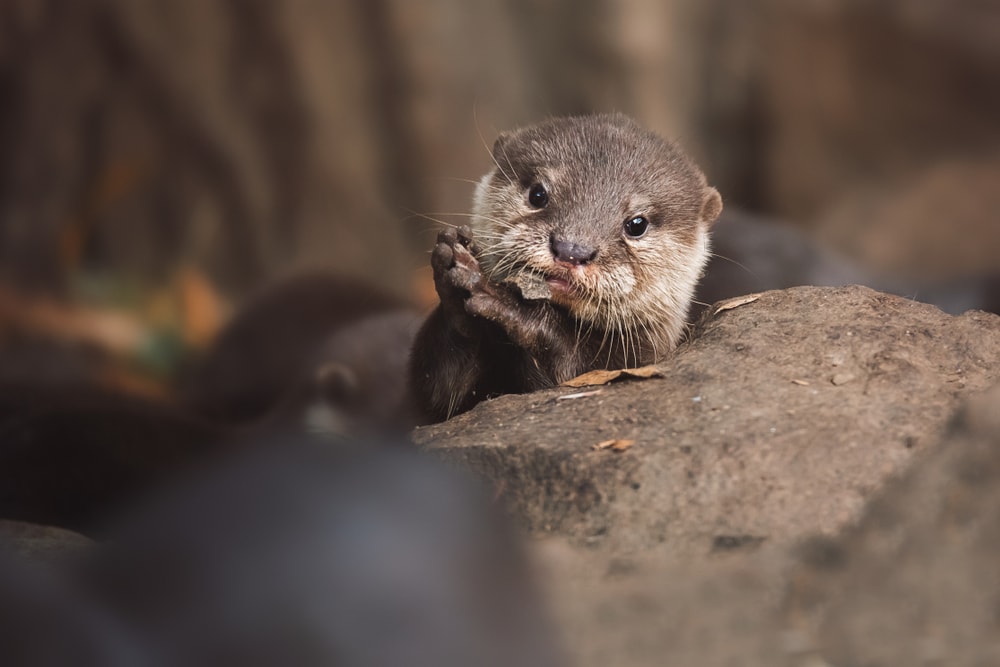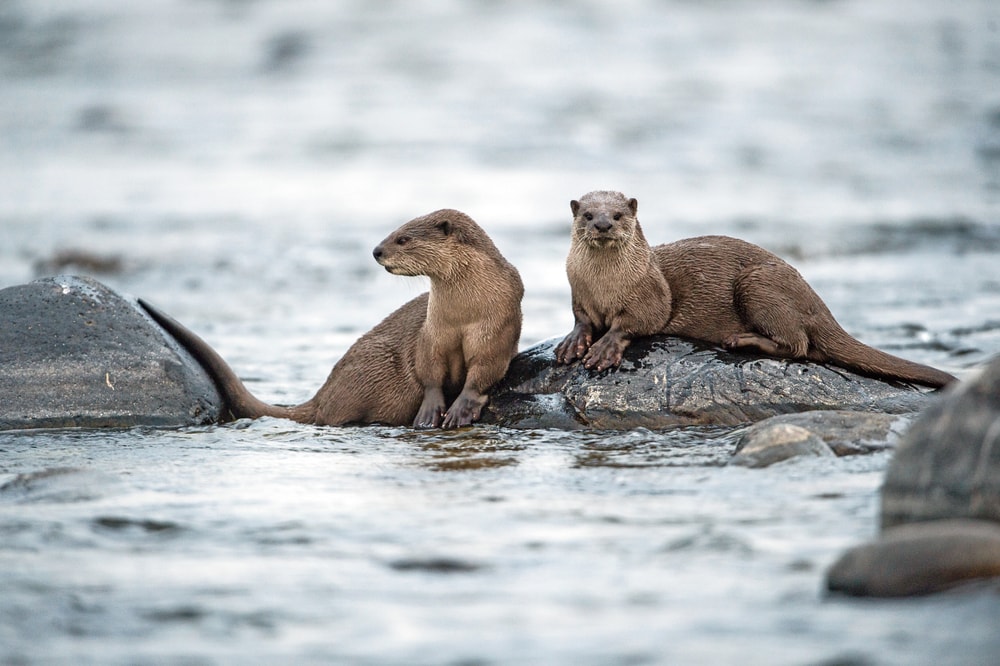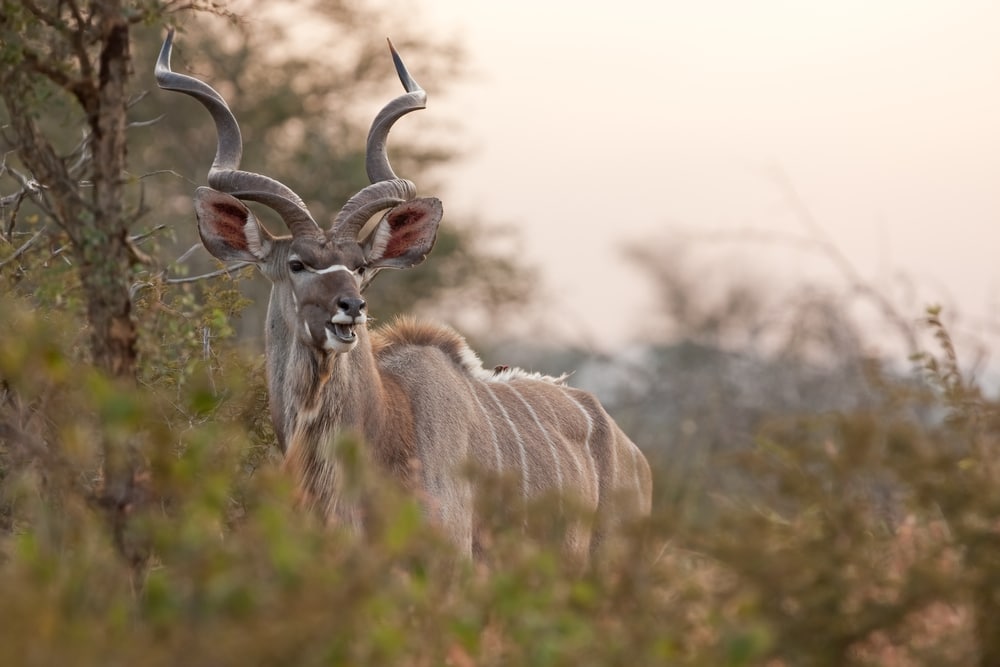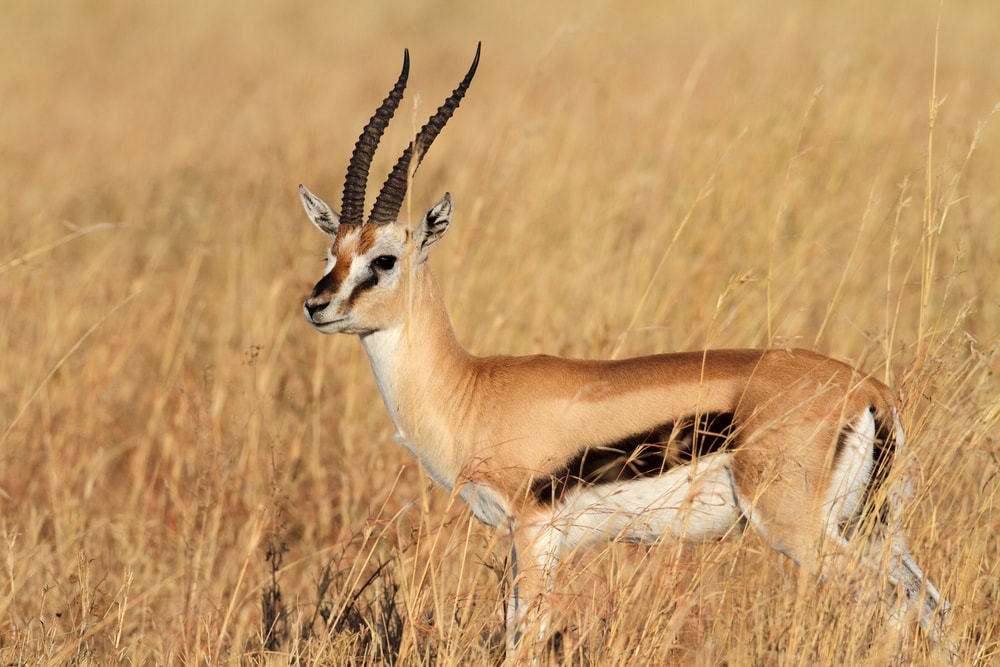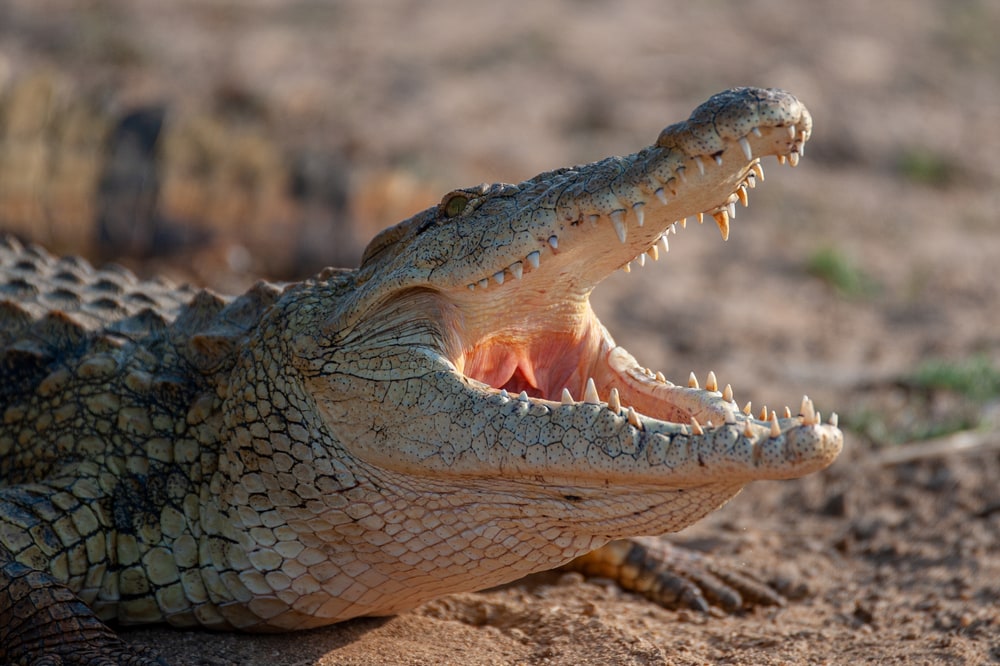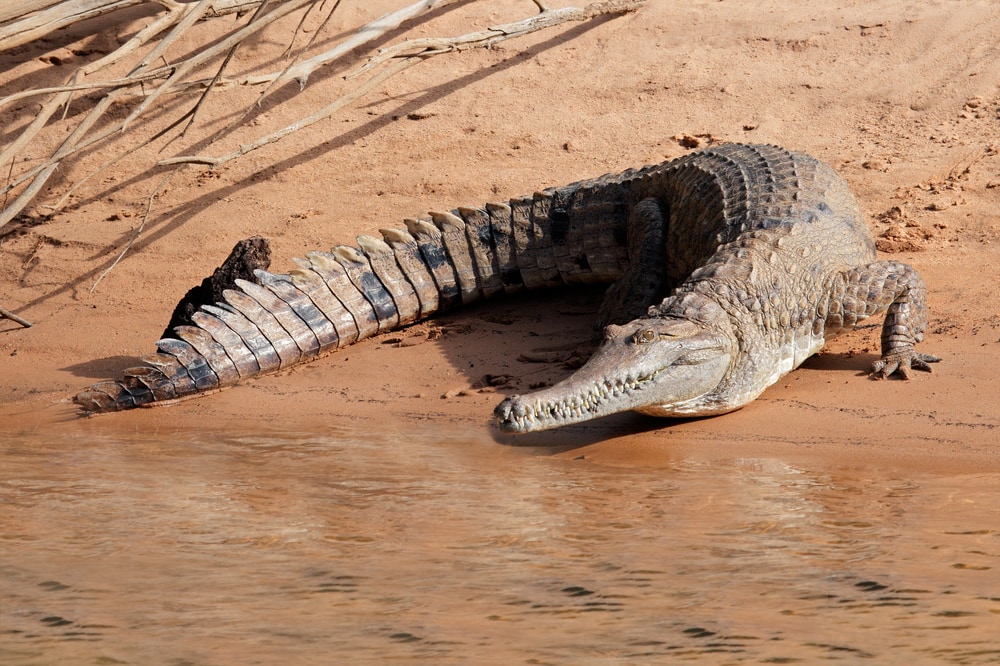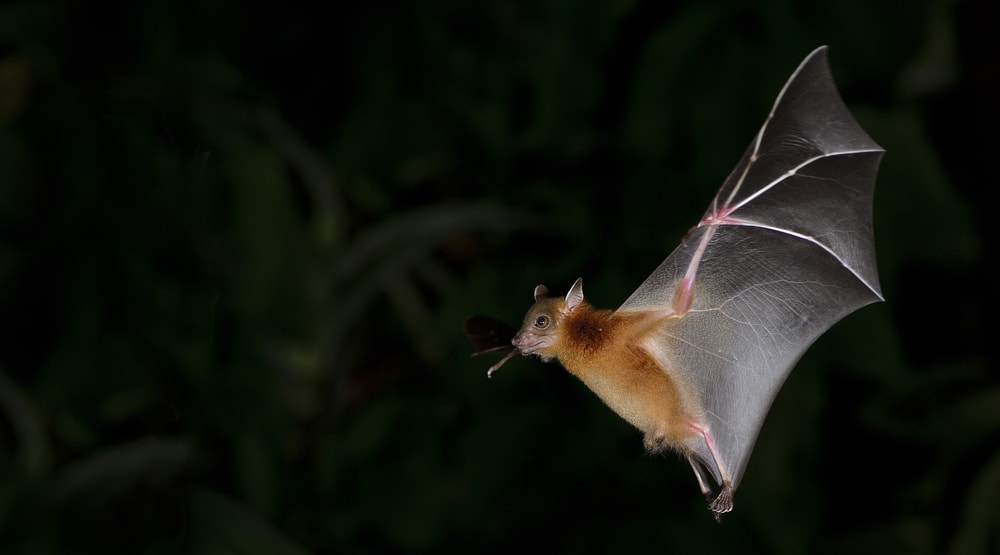
Why do we call people who stay up late night owls? That’s because owls are nocturnal animals.
Owls, like many nocturnal animals, have several adaptations. This includes huge eyes with pupils that expand to see better in the dark. With those big glowing eyes, they can spot mice right away.
It is a perfect example of nocturnal behavior, among other characteristics. Most animals are nocturnal, meaning they are most active after the sun goes down. That’s when they hunt, mate, hide from predators, or try to escape the scorching sun.
How do they do it? Nighttime animals have extraordinary skills. This includes enhanced sight, hearing, and even smell.
Millions of years ago, they switched their daytime lifestyle to a life of darkness. They did this in order to evade their daytime predators.
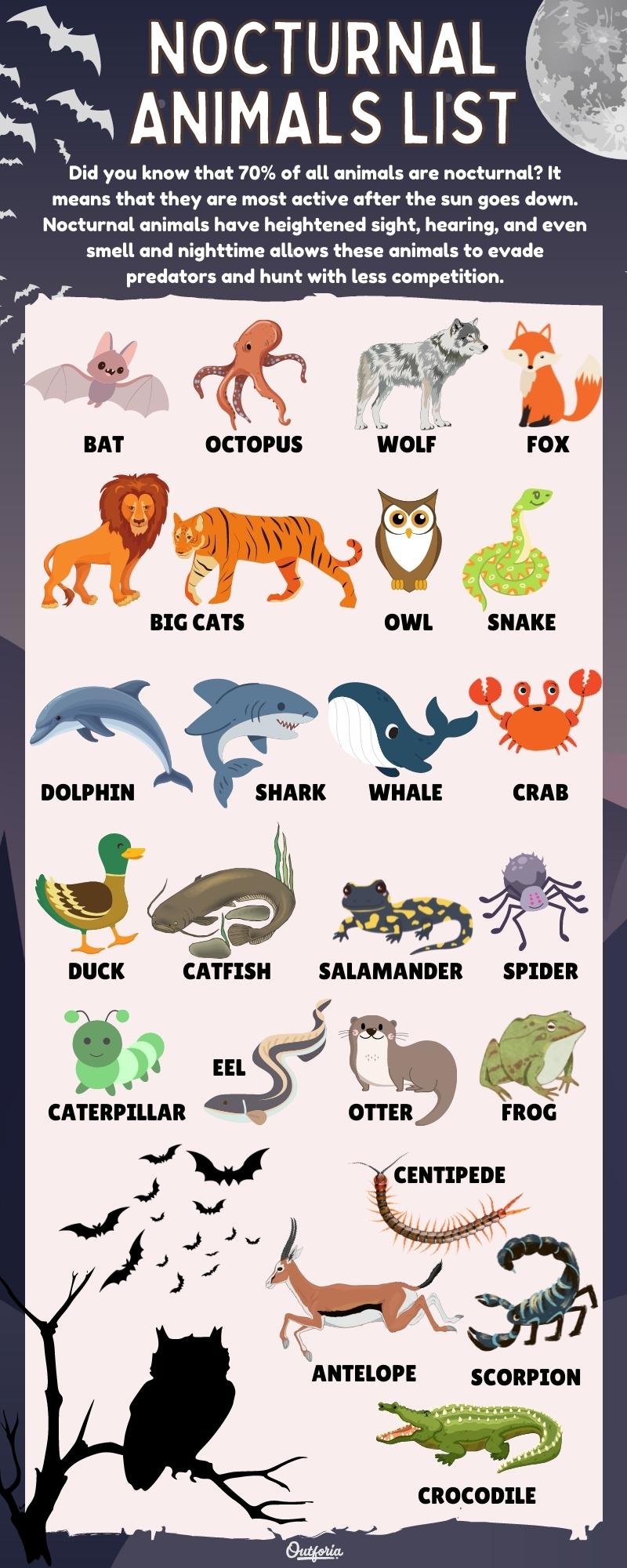
Share this image on your site
<a href="https://outforia.com/nocturnal-animals-list/"><img style="width:100%;" src="https://outforia.com/wp-content/uploads/2022/08/nocturnal-animals-list-infographic.jpg"></a><br>nocturnal animals list by <a href="https://outforia.com">Outforia</a>Bats
Bats are the epitome of darkness. Most of them are nocturnal, and they function exceptionally well at night.
To see where they go, they use echolocation. They make high-frequency sound pulses and wait for the echo. If nothing bounces back, the coast is clear of predators.
These creatures of darkness are the only mammals that can fly! Contrary to popular belief, flying squirrels can’t fly. They mostly glide from one tree to another. Bats are the only ones capable of true flight.
Most bats eat insects, but some species feed on the blood of mammals, even humans. Yes, vampire bats are real! Three species do that:
- Common vampire bat
- Hairy-legged vampire bat
- White-winged vampire bat
All of these species are natives of the rainforests of America.
You may also like: Are Bats Really Blind? See For Yourself!
Octopus
Most species of octopus are nocturnal, meaning they’re more active at night. They do this to avoid predators such as sharks and some fish species.
Octopuses are one of the most intelligent invertebrates. They also have neurons distributed all over its arms rather than its brain.
Some studies show that these aquatic creatures can use tools and solve problems. The octopus can even figure out how to unscrew a jar lid to extract food. Talk about fantastic dexterity and arms control!
The octopus can simultaneously control its eight arms, which get covered in suckers. They use them for feeling and tasting things. More so, they have three hearts and blue-green blood.
With such complex anatomy, they are also masters of camouflage. This means they can change their texture to blend with the environment.
You may also like: The Mysterious Mimic Octopus: The Master Of Disguise
Wolves
Unlike dogs, wolves stay away from humans, so they are not domesticated. They are the largest carnivores of the Canid family and live in the Northern Hemisphere.
Wolves live in packs with social structures and rules. They have one alpha male and a female that lead the family pack.
The animals stick together, and all play an active role in caring for the pups. A wolf’s death damages the family so badly that they often break up.
They also go hunting together and prey on injured or sick animals such as deer, moose, and elk.
Wolves are very important for the ecosystem. This is because they only eat sick or genetically inferior creatures. It means healthy animals continue to live, breed, and carry on with their species.
You may also like: The Wolves in Yellowstone: A Classic Conservation Story
Big Cats
Among all the big cats, seven are typically night animals.
The most recognized big cat is the lion, the symbol of nobility. This big cat with a majestic mane lives in social groups called a pride. The male’s role is to protect his family from other animals while the females hunt and raise cubs.
Who remembers Shere Khan from The Jungle Book? As depicted tigers are the biggest living cats on Earth. They’re even more dangerous than lions.
Unfortunately, tigers are on the endangered species list. This is due to human activities and habitat loss. They live in small ranges in the Indian subcontinent, Asia, and China.
Another big cat worth mentioning is the cheetah. As the fastest land animal, they can reach speeds up to 61 miles (98 km) per hour to catch gazelles. Like the tiger, it has an endangered species status due to habitat loss.
Owls
Owls are known for its ability to rotate its neck 270 degrees. They also use their binocular vision to boost depth perception. A pack of owls is called a parliament, a study, or wisdom.
Some of these birds are nocturnal and voracious hunters built to strike fast. They have asymmetrical ears to pinpoint the prey’s location in multiple dimensions. They even hunt other owls! Barn owls eat more than 1000 mice per year.
Owls have multiple eyelids. They use one for blinking, one for sleeping, and one to clean the eye and keep it in good condition.
The oldest owl fossil, Ornimegalonyx Oteroi, was 3 feet tall (90cm), roughly the size of a 3-year-old kid!
You May Also Like: What Do Owls Eat? The Dietary Diversity Of Owls
Foxes
Like a cat, the fox’s preferred time of day is after dark. It uses its vertically orientated pupils to see in dim light. This makes them great at stalking their prey and then pouncing on it.
Did you know that foxes sleep in trees? The gray fox has semi-retractable claws, so it can easily climb trees. It is the only member of the dog family that can do that.
The Arctic fox has such thick fur that it resists temperatures around -94 ℉(-70 ℃). It also uses its bushy tail as a blanket and wraps it around its body to keep warm. Their coat offers the best insulation out of all the mammals that live in the Arctic.
Snakes
There are so many types of snakes that the latest count revealed over 3,700 species. That means they’re the second largest group of reptiles after lizards!
Brazil is the only country with the most different species of snakes, over 350, to be more exact. You won’t find snakes in Ireland, Iceland, or New Zealand, however.
Snakes can’t chew, so they usually eat their prey whole. Their flexible mandible allows them to eat large animals. Once ingested, the chemicals in their system break apart the food.
You may also like: 21 Different Types of Rattlesnakes Species: Pictures and Guide
Dolphins
Dolphins sleep at night but only for a couple of hours. But they’re pretty active most of the time.
Scientists argue dolphins keep their brains awake to breathe air through their blowholes.
These social mammals are highly intelligent. Bottlenose dolphins are the only animals that can recognize themselves in mirrors. Other animals that can do this are humans and apes.
Scientists also documented dolphins using tools to make their lives easier. In Shark Bay, Australia, dolphins cover their noses with sponges. This is to protect themselves from sharp rocks.
Sharks
These apex predators are nothing compared to what we see in movies. They’re salient ecosystem guardians, keeping our oceans and fish population healthy. They primarily maintain the species below them in the food chain.
Sharks are older than trees. In fact, the oldest recorded tree lived 350 million years ago. But sharks survived for more than 450 million years! Sharks are so strong that they survived four out of five major extinctions.
Some sharks boast unique features, like glowing in the dark. For instance, the chain catsharks communicate through glowlights from their skin. Scientists observed this by shining a blue light filter on them.
You may also like: How Do Sharks Mate? It Might Surprise You
Whales
Whales are the largest ocean mammals. There are over 84 species of whales living all over the world, and they are capable of great migrations.
Gray whales take a return trip of over 12,000 miles (19,000km) each year between Mexico and the Arctic seas. Some might say that 40 years of traveling is equivalent to traveling to the moon and back.
Some whales are musicians, like the hunchback whale. It can make beautiful songs similar to the structure of human melodies. Males sing mating songs but change their tune once a catchier version emerges. Just like pop music!
You may also like: How Do Whales Sleep? All About Their Surprising Ways To Slumber
Crabs
Do you know how many legs a crab has? These crustaceans have ten legs and can walk in all directions. Their joints are so stiff that it’s easier to walk sideways. The front pair of legs have strong claws that can crush your fingers.
A coconut crab’s grip is ten times stronger than humans. This species can also lift objects the weight of a 10-year-old, which is over 60 pounds (28kg). So you better not get into a fight with crabs. You might lose!
Small crabs have relatively short lifespans of 4 years. Big crabs like the giant Japanese spider crab live up to 100 years. It has the largest leg span out of all arthropods. These alien-like crabs have legs so long that they reach up to 12.1 feet (3.7m), longer than humans.
Ducks
Where there is water, there are ducks. They’re always found near ponds, rivers, and streams. Their feathers are waterproof, and even when they dive, they never get wet.
These social animals are outgoing and prefer to live in large groups. Ducklings tend to stick close to their mother to protect themselves from predators. In optimal conditions, certain species of ducks have a lifespan of 20 years.
You may also like: How Do Ducks Mate? It’s Weirder Than You Think
Catfish
Catfish live all over the world, thriving in hot and cold waters. Some can even be picky with their surroundings.
When a walking catfish gets sick with its lake, it gets up and walks! With their pectoral fins, they can scoot across the grass to find another lake. They don’t even hold their breath as their gills allow them to breathe air.
The largest catfish species known to man is the Mekong giant. It lives in Thailand, in the Mekong river, and was once caught one weighing 646 pounds (293 kg). Overfishing led to them being on the endangered list, but the government is working on it.
Salamanders
The salamanders have a riveting name history. Its name has Greek origins, associated with the fire lizard. Greeks believed salamanders slept in the fire, but in reality, they weren’t fireproof.
The Chinese giant is the largest salamander in the world, growing up to 5 feet (1.52m) long and weighing 130 pounds( 58 kg). They use vibrations when hunting prey and prefer to eat crabs, shrimps, and water shrews.
In contrast, the smallest salamander is only 0.6 inches (1.7 cm) and is on the endangered species list.
You may also like: 30+ Types Of Amphibians: A Guide To The Animals At The Edge Of Land And Water
Spiders
Even though they have many eyes, spiders are nearsighted. These creepy crawlers use vibrations to see the world around them.
Nighttime is the perfect environment for them to catch prey. All spiders produce silk, but some don’t decorate our houses with spider webs.
The Goliath tarantula is the largest spider in South America. It is roughly the size of a chihuahua, while the tiniest spider, Patu Digua, is barely visible at 0.01 inches (0.37mm).
Many spiders use dancing as an intimidation technique. They dance to warn off rivals, and others dance as a mating ritual.
Caterpillars
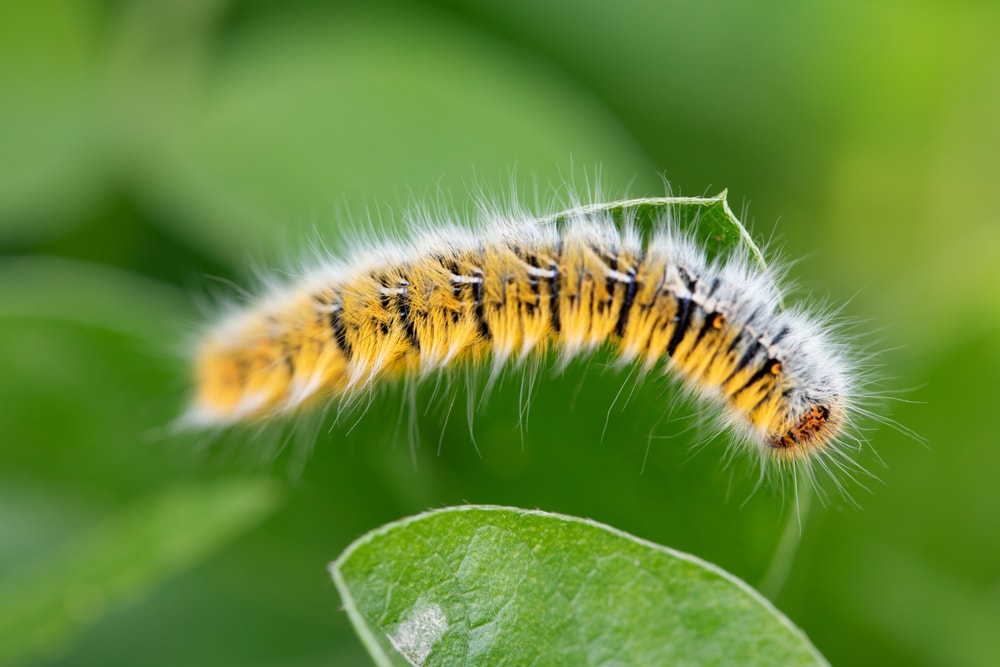
The caterpillar stage is all about food. It must eat so much that its body mass increases more than 1,000 times.
Their first meal is the eggshell. After that, it goes for the leaf it stands on. Once it’s eaten enough, it becomes a pupa, then a butterfly.
A caterpillar has 12 eyes, but it doesn’t have good eyesight. On the contrary, the eyes barely help to differentiate light and dark. When you see a caterpillar wiggle its head, that means they’re trying to judge distance and depth.
You may also like: 17+ Species Of Poisonous Caterpillars Found Around The World
Eels
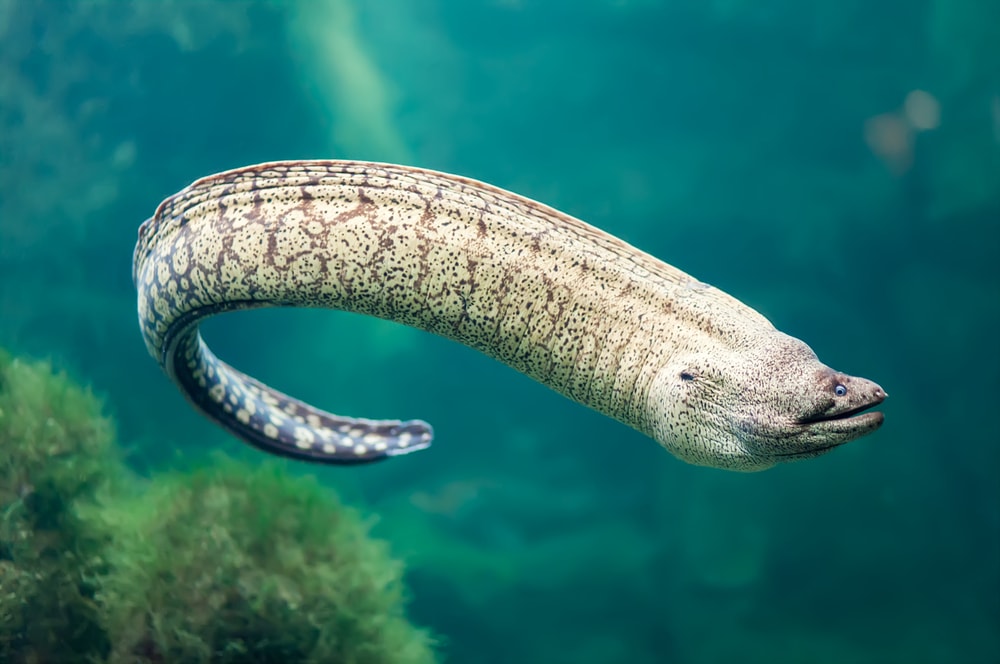
This snake-like fish has a slender, long body covered in slime. This is so they can slither their way through reefs hassle-free.
Most eels live in shallow waters and use sand, mud, and rocks to hide. They stay like this because they are ambush predators. They wait for food at night and then make an abrupt motion to grab it.
Since eels are nocturnal, they are hardly seen. They also have horrible eyesight and sometimes munch on the hands of divers who feed them. Eels have an internal radar and emit electrical signals to find prey and mates.
You may also like: How Do Eels Reproduce? The Mystery of Eel Sex Explained
Otters
Otters are one of the most adorable aquatic animals. Not only do they have looks, but they also have brains.
These fluffy mammals use tools like rocks to break hard-shelled prey. They store these rocks or food under the loose skin of their armpit.
As group nappers, scientists spotted more than 1,000 others floating together. Otters usually hold hands or wrap themselves into seaweed to not drift from each other. When they stick like this, they’re called a raft.
Frogs
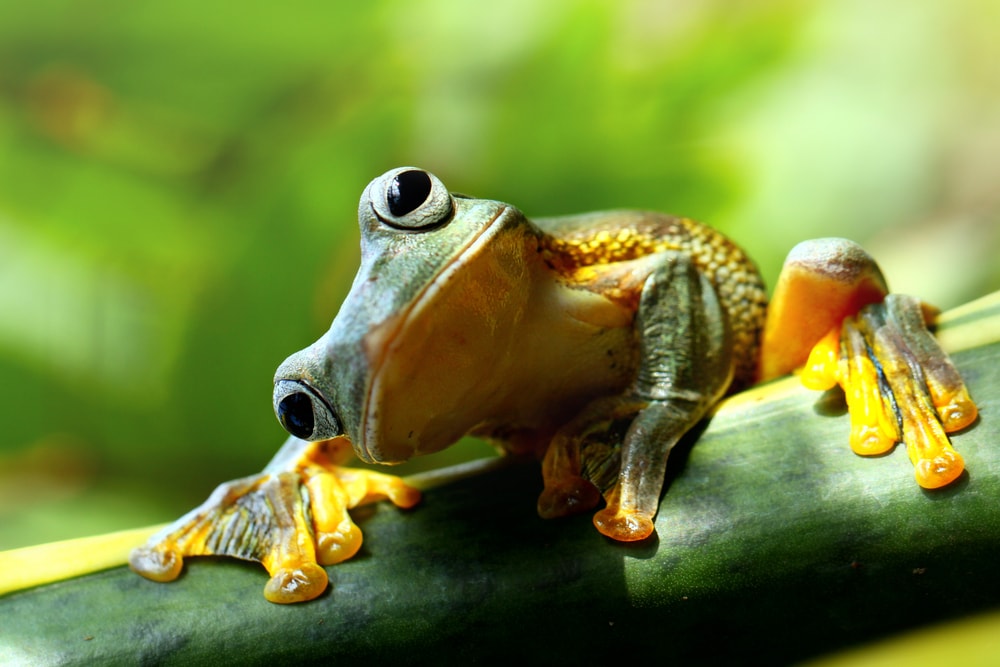
Dinosaurs had frog companions when they roamed the Earth. Studies suggest that frogs have been here for more than 200 million years. So far, there are over 6,000 species, and scientists keep discovering new ones.
Most frogs are nocturnal or crepuscular and have excellent night vision. They can see in front of them, to the sides, and partially behind them.
The Goliath frog is the largest in the world that lives in West Africa and is around the size of a small dog.
Centipedes
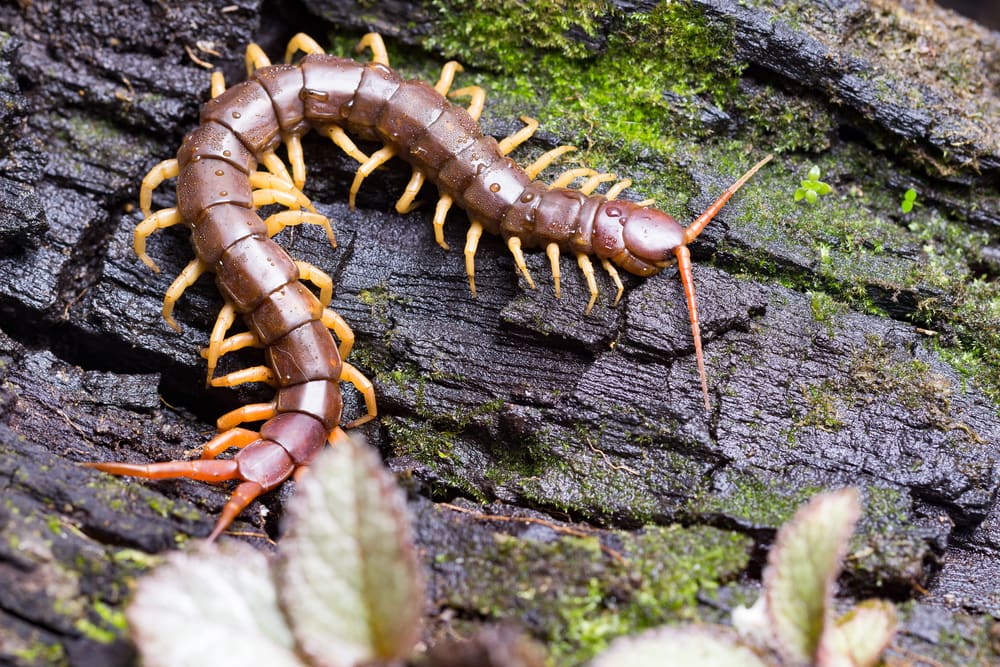
Centipede means 100 feet, but they hardly ever have this number of feet. Some have as few as 15, others around 191 feet. Regardless of species, they never have an even number of feet.
These nightmarish creatures like to live in moist and dark environments. They’re commonly found in damp woods or under leaf piles.
Species living in desert areas adapted to stop development during hot spells.
Antelope
The antelope is a herbivore and spends most of its time munching on grass. It’s also a relative of cows and sheep.
They even developed a keen sense of following rain to eat better, tender grass. Some stalk zebras, let them finish the outer grass and then swoop in for the younger grass.
The royal antelope is a night animal with an acute sense of hearing. It is so alert that it can sprint at any moment, going at 43 miles (69 km) per hour. They’re also considered the smallest antelope.
Scorpions
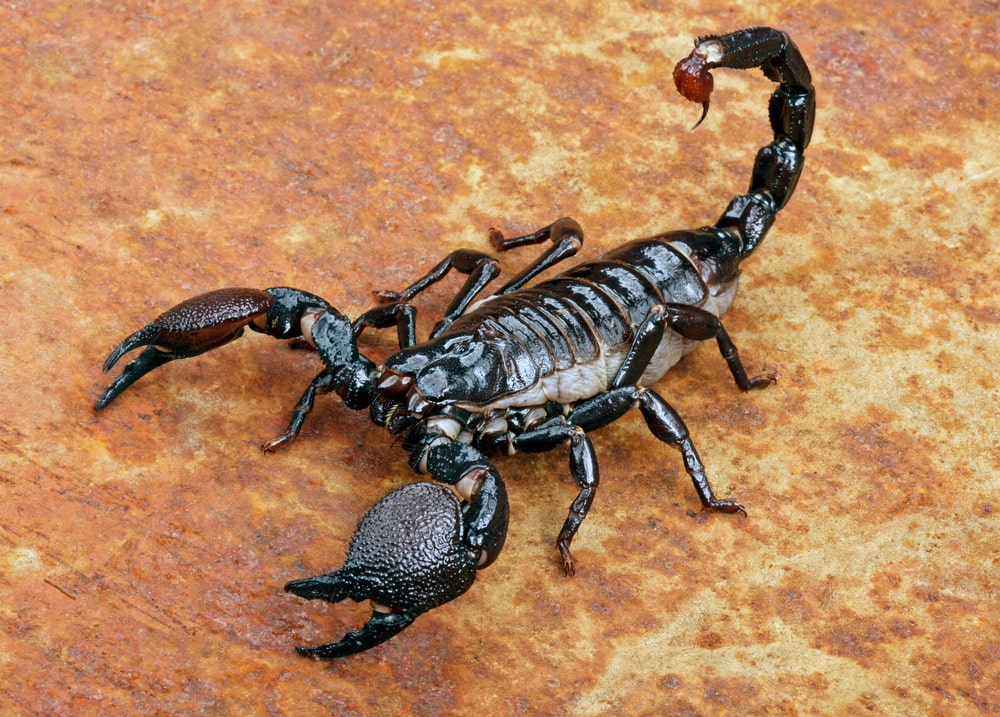
We all know scorpions can inflict so much pain you can barely walk. But what else can these frightening arachnids do?
Well, scorpions can survive without food for a whole year! Yes, you’ve read it correctly. They also have book lungs, so they can stay underwater for two days straight and live.
These creatures engage in a mating ritual called “promenade a deux”. This is French for “a dance for two”. It looks like a back-and-forth dance, and after it’s finished, the male quickly departs. In captivity, the female will devour the male.
Crocodiles
Crocodiles’ living fossil status comes from the fact that they’re ancient reptiles. They’ve walked this planet for a long time, existing for around 85 million years.
Its bite is the strongest in the animal kingdom, with 5,000 pressure points per square inch (3,200 square meters). So, if you spot a crocodile, it’s best to leave them alone!
Unlike humans, crocodiles do not sweat. They open their mouths to cool off, a practice known as mouth gaping. Their mouths are even open while they sleep to keep cool.
You may also like: 16+ Strongest Bite Force in the Animal Kingdom
FAQ
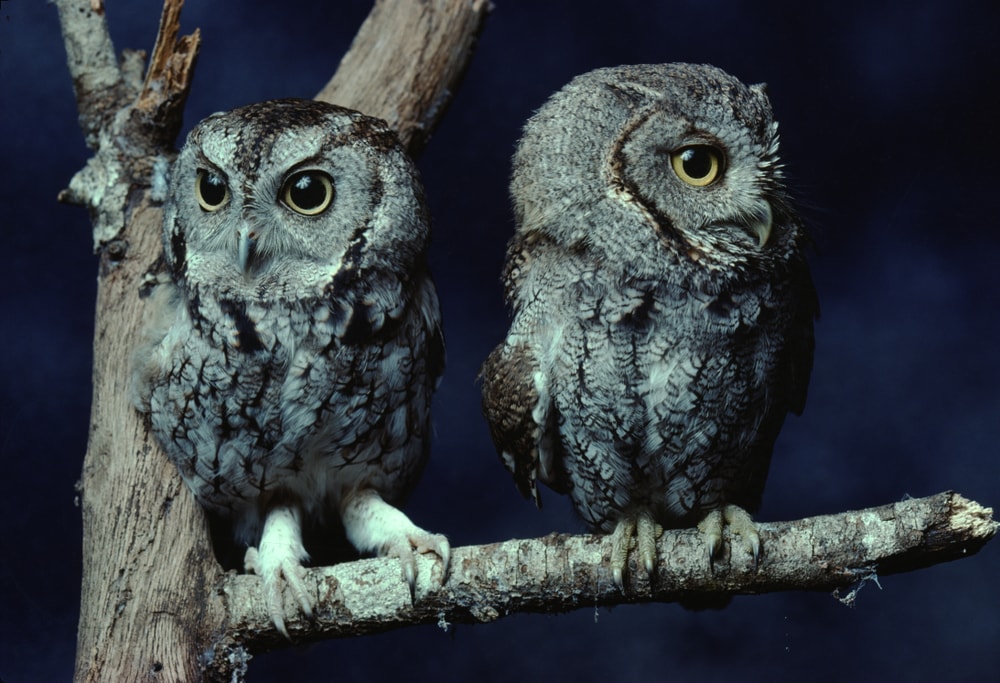
What is nocturnal and diurnal?
Nocturnal means active during the night. Diurnal means active during the day.
What mammal is nocturnal?
69% of species of mammals are nocturnal. They became nocturnal to escape their predators. Bats, raccoons, and many rodent-like mammals are nocturnal.
How many animals are nocturnal?
70% of all animals are nocturnal. Nighttime allows these animals to evade predators and hunt with less competition.
What is the largest nocturnal animal?
Aye-ayes are the largest nocturnal primate. It’s a curious-looking creature with crazy food habits. It tends to tap on trees for insects to feed on.



